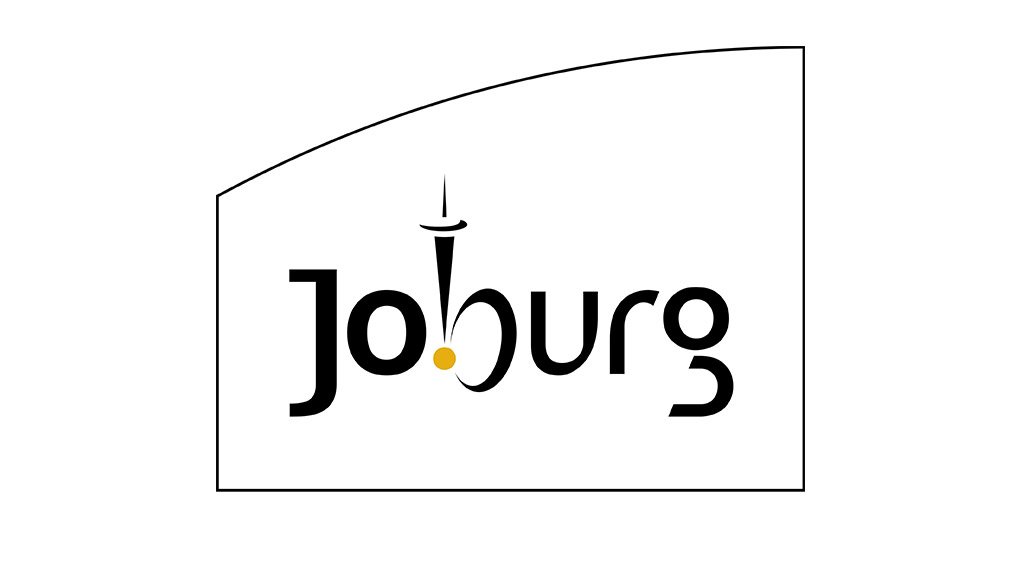Technicians, with ground-penetrating radar, were seen entering a manhole on Sunday, near the site of a gas explosion on Lillian Ngoyi Street (formerly Bree Street) in the Johannesburg city centre.
Sections of Lillian Ngoyi Street were ripped up when a gas blast rocked the busy city centre during the afternoon rush hour on Wednesday.
News24 could not speak to the technicians on Sunday as razor fencing cordoned off the street.
In a briefing on Friday, Johannesburg's city manager, Floyd Brink, confirmed that the blast, which killed one person and injured 48 others, was caused by gas.
The City's emergency management services team has been using positive-pressure ventilation fans to blow out trapped gas in the underground system.
Brink promised the tunnels would be gas-free in time to restore the electricity on Monday.
"By Monday, we anticipate that all manholes will be safe to open, including welded manholes, once the ventilation is concluded and the gas has been successfully extracted into the atmosphere."
Residents have been without water and electricity since the incident.
Johannesburg Water has deployed 25 chemical toilets, five stationary tanks and four roaming water tankers for residents.
Brink said the Disaster Management and Social Development teams would arrange warm meals for residents after ward councillors received complaints that residents could not cook meals without electricity.
On Sunday, News24 spoke to Meals on Wheels members. The team did not have permission to speak to the media.
They were handing out packages of stew with vegetables and starch.
A resident came down from the tall Allied Building with his three young daughters. The children were happy as they received a hot meal at 14:00. The father waited for the girls to get their food before he took a box for himself. He smiled and thanked the team, and disappeared back up the stairs.
The team has supplied 600 meals a day since Friday.
Technicians have declared the tall residential buildings safe.
At the top of the 400-metre blast site between Rissik and Loveday Streets, technicians were seen entering the cavity under the road and threading through an instrument that would help map out the tunnel.
Several manholes have been welded shut to prevent infrastructure theft.
When the gas is cleared, the covers will be safe enough for technicians to grind open the entry points to access more of the road.
Brink said there were several cavities under the Johannesburg CBD - and there was an old postage tunnel under Lilian Ngoyi and a bricked tunnel which held cables for electricity and telecoms, and pipes for gas and water.
He said the bricked tunnel was where the blast occurred.
Meanwhile, on Sunday, several well-dressed women (calling themselves influencers) and a few families arrived while News24 was on the scene.
The people all tried to get as far onto the road as the police would let them, to take selfies.
From the night of the blast to the present day, the holes in the ground have widened, and Brink warned it was possible the road would cave in if people entered the site.
EMAIL THIS ARTICLE SAVE THIS ARTICLE
To subscribe email subscriptions@creamermedia.co.za or click here
To advertise email advertising@creamermedia.co.za or click here











